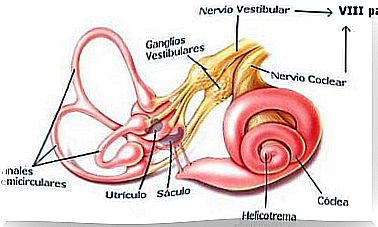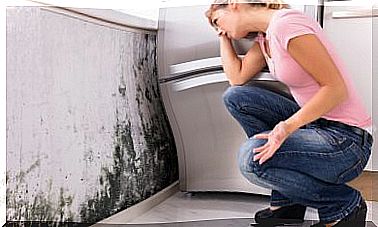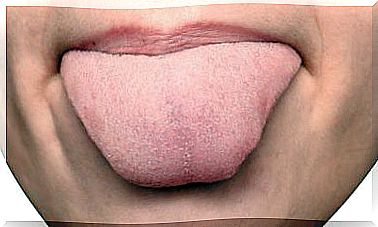Recommendations For Taking Care Of Tattoos
Taking care of tattoos is one of the essential aspects that every person should consider when deciding to be part of that world. It is not enough to have an original design or to have the work of a professional with extensive experience, because, if it does not receive the necessary care, its quality will be reduced over time.
In this sense, aftercare plays a fundamental role in keeping it intact through the years. So we will share some useful recommendations that you should keep in mind to take care of tattoos, regardless of the area in which they are.
Why is it important to take care of tattoos?
Getting a tattoo is a responsibility from the moment you get up from your chair until the last day of your life. Establishing a good care routine is decisive for the healing stage to occur in the best way.
In addition, infections or the development of other types of problems that could affect your health are avoided. From an aesthetic point of view, if you take care of your tattoo as it should be, it will always keep it looking sharp and clear.
Once they finish shaping the design on your skin, you should bear in mind that it is an open wound where all kinds of germs and bacteria can penetrate. So if you follow the proper procedure, the skin will remain infection-free and healing will be faster.
After going through the initial healing phase, your tattoo will age with you, so as the years go by, you should maintain a routine of care. Only then do you avoid wear.
Caring for a fresh tattoo
A fresh tattoo is a wound, so it must be cared for as such. This means that it requires a series of procedures to ensure proper healing and durability.
In general, the tattoo artist is in charge of specifying the instructions to follow. However, we will share some basic care for a fresh tattoo.
Remove the bandage and clean the area
After your session, the tattoo artist will place a bandage on the tattoo. This is withdrawn two or three hours after completion or in the time that I recommend.
Many times when you remove the bandage, the plasma from the original tattoo can emerge. After that it is time to clean it and let it breathe. The recommended products to do this are bacterial soaps free of perfumes or alcohol. Do not use any type of cloth on the area, as they could exfoliate and hurt.
When you have already removed the bacterial soap with the water, it is time to dry gently with the help of a towel. Let the tattoo sit for at least 10 minutes before moving on to the next step.
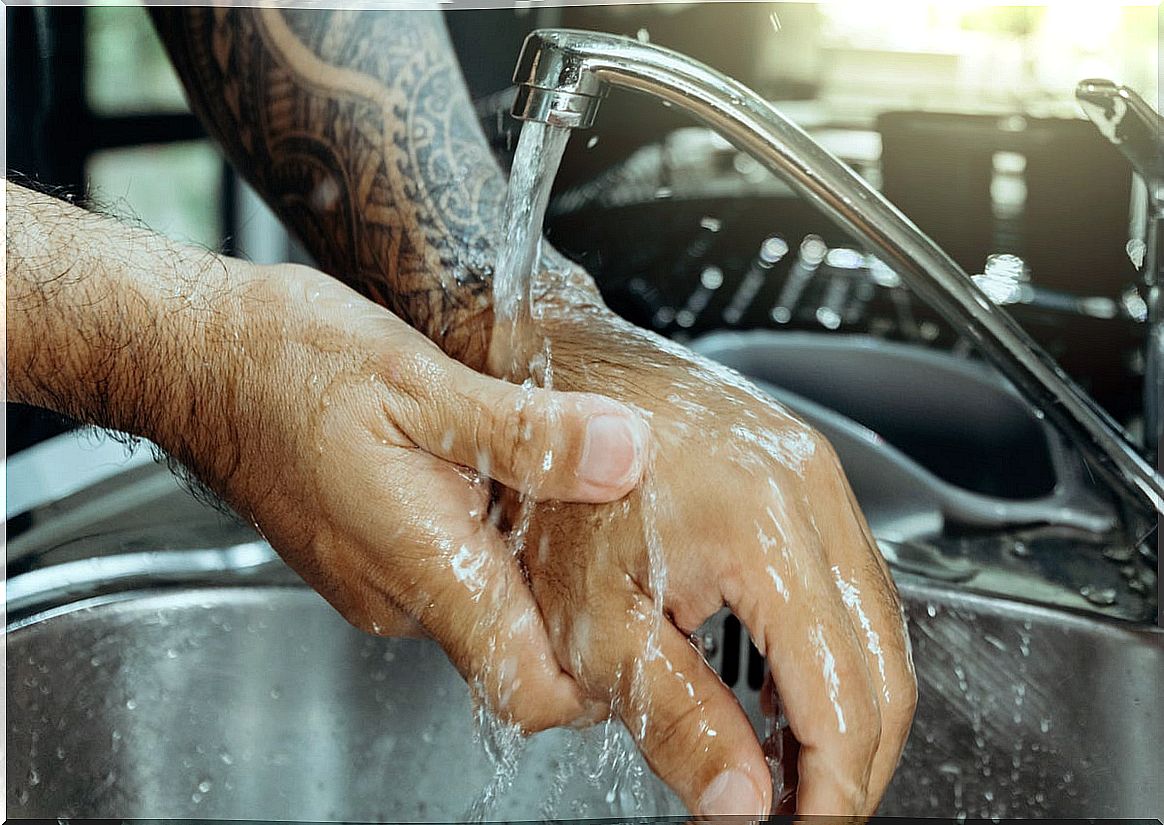
Apply ointment
Each artist has a recommended ointment, so it is best to apply the one indicated. Some examples are shea butter, lotions, oils, and artificial skin. Do not put too much product so as not to saturate the area.
Let breathe
In the next three or four days, repeat the washing procedure about five times a day. Then remember to apply a light layer of the ointment. After doing so you have to let the skin breathe.
Cover it only if it is essential. It is normal for the area to be covered the first night in order to prevent it from sticking to the bedding. However, when you get up you must wash, hydrate and leave free of coverings again.
Wait for it to heal
Recovery time will depend, to a large extent, on the size and execution of the job. For reference, the complete healing of a tattoo takes six weeks. But it can be spread according to the health conditions of the person.
In addition, tattoos with color tend to take longer to fully heal, as do those that are located inside a joint. The important thing is that you have patience and always comply with the necessary care.
What can go wrong with the tattoo?
Post-tattoo care is the sole responsibility of the client. If you do not follow the relevant instructions, severe skin damage is possible.
So when the question arises as to what can go wrong with the tattoo, several disadvantageous scenarios are possible. That is why we share the main consequences with you.
Infection
One of the risks to which you are exposed when you get a tattoo is that of suffering from a skin infection. Some examples are those caused by staph. Because of that, evaluate very well the place where the work will be done.
Allergies
Some people are allergic to tattoo ink and even this shows up years later. They usually suffer from rashes or a lot of itching in the area. If you have these symptoms, go to a dermatologist to indicate the necessary medication.
Poor healing
Finally, there are the problems related to poor healing. Depending on different factors, you may be prone to developing keloids or having an overgrowth of scar tissue.
How to take care of the tattoo over time?
Once you have ink on your skin, your whole lifestyle must change. To achieve this effectively there are a series of simple tips that will help you take care of tattoos. Take note!:
- Avoid exposure to solar cameras and sunlamps: these are capable of fading tattoos or even causing skin cancer. Both devices emit a very concentrated light that could cause painful reactions.
- Limit your time in the sun: the sun’s strongest point is between 10 am and 4 pm During that time, reduce your exposure to those rays.
- Wear light clothing over tattoos while you are outside: if you have sensitive skin or your tattoo is new, it is best to wear light clothing. Thanks to this you will avoid injuries.
- Put sunscreen on the tattoo: the protector is the number one ally so that the tattoo is preserved, so whenever you are going to be outdoors you must apply it.
- Moisturize the area: in addition to the sunscreen, you should hydrate the area whenever you can. This way, you guarantee that it stays fresh and does not wear out prematurely.
Importance of sunscreen for tattoos
One cannot talk about the importance of sunscreen in caring for tattoos without first mentioning that there are two types of ultraviolet (UV) radiation emitted by the sun. In this sense, there are UVA and UVB rays.
UVA rays
This type of radiation penetrates deep into the skin, causing more severe long-term damage. If you expose your tattoos to these types of rays, the skin ages prematurely, causing sagging and wrinkles in the areas.
It should be noted that UVA rays are capable of fading many types of inks, so care for them must be taken into consideration at all times.
UVB rays
They are those that damage the upper layers of the skin, that is, the main responsible for sunburn. So the best way to care for tattoos over the years is to use sunscreen at all times.
They should be used after the tattoo has completely healed. If you are still in the healing phase, they are prone to infection, so it is best to cover the area with loose clothing and avoid the outside environment.
With regard to the ingredients, special care must be taken, as some contain oxybenzone and octinoxate. According to a recent study, oxybenzone can be absorbed into the bloodstream beyond the FDA-approved threshold.
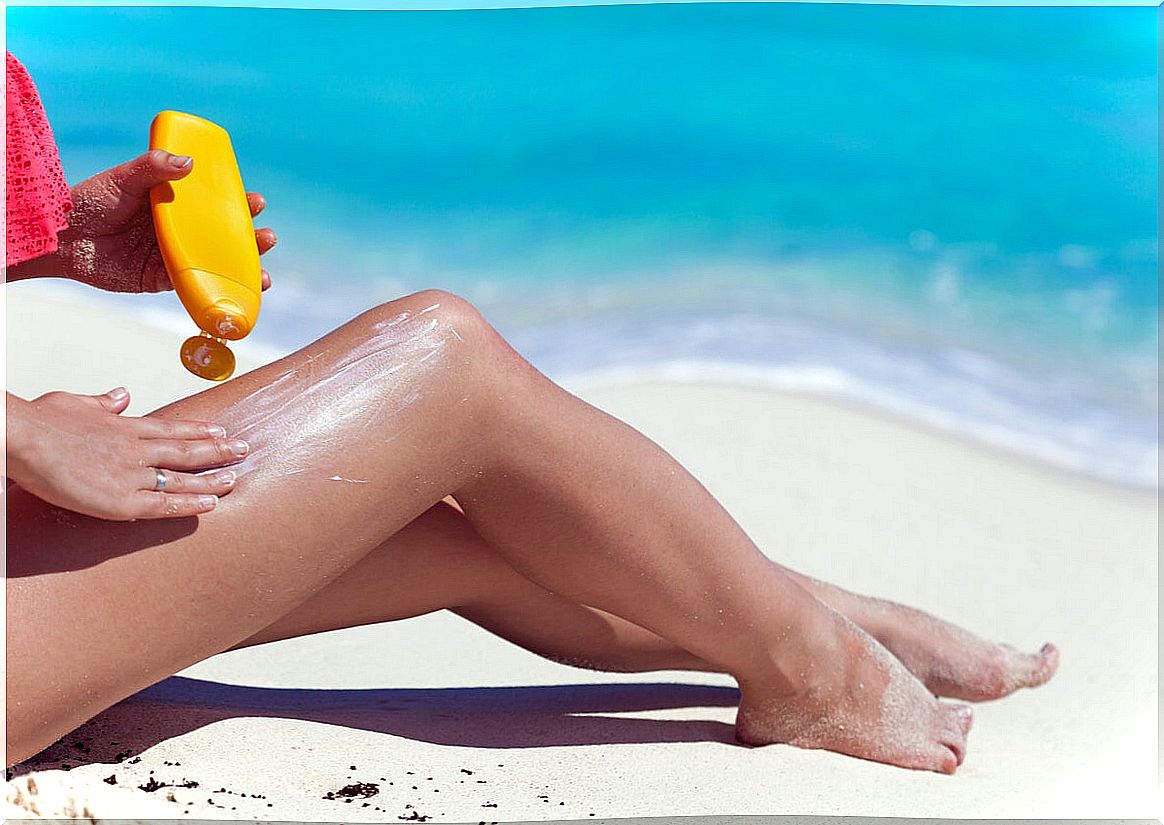
Practices to avoid when you get a tattoo
One of the most delicate stages of the tattoo is when it is freshly finished. By that time the wound is still open or is healing, so there are practices that you should avoid at all costs. We will detail them below.
Remove scabs
This point is crucial. After a few days, you will be able to appreciate that your tattoo will fade, because a scab will form on top of the design. Keep in mind that there are certain areas where it will be thicker.
Taking this into account, you should avoid removing or pulling them at all costs to take care of tattoos. They can be found connected to deeper layers of skin where the ink has not finished its setting process.
Remove peeling skin
After the scabbing phase, you will appreciate that the tattoo will begin to peel. Avoid playing with, removing, or handling the skin too much. Although it appears to be a very light layer, it could also be connected with pigments from the ink setup.
Scratch the area
This is one of the most determining aspects after getting a new tattoo. There are many negative scenarios that you may encounter if you decide to start scratching in that area.
For example, this action removes scabs and layers of skin at the same time, which encourages significant amounts of ink to be removed. Also, scratches can lead to the development of scarred indentations.
Immerse the area in water
It is not advisable to submerge the newly tattooed areas in concentrations of water. Some of these spaces are sinks, bathrooms, lakes, and swimming pools. In case you come into contact with waters of this type by accident, wash as soon as possible with potable water and antibacterial soap without alcohol.
Exposing the tattoo to the sun
This rule is another of the most important. The sun is the first enemy of tattoos, so you have to avoid contact with it. Put a garment on top and always remember to apply protection.
If you are in the first days, avoid at all costs exposing yourself to the sun or outdoors without a layer of clothing on top to take care of tattoos. This prevents the area from becoming irritated, swollen, or blisters that worsen healing.
Re-bandage the tattoo
If the artist has not instructed you, you should not bandage the tattoo after the initial coverage is removed. Your tattoo has to breathe for the scars to heal faster.
Apart from this, covering that area for a longer time than it should produce humidity and heat. This encourages the development and proliferation of bacteria, which leads to infections.
Using fragrance / alcohol soaps or lotions
Your skin is very sensitive when your tattoo is fresh, so you should not use products that contain artificial fragrances or alcohol. These ingredients are prone to irritating the skin.
Do exercise
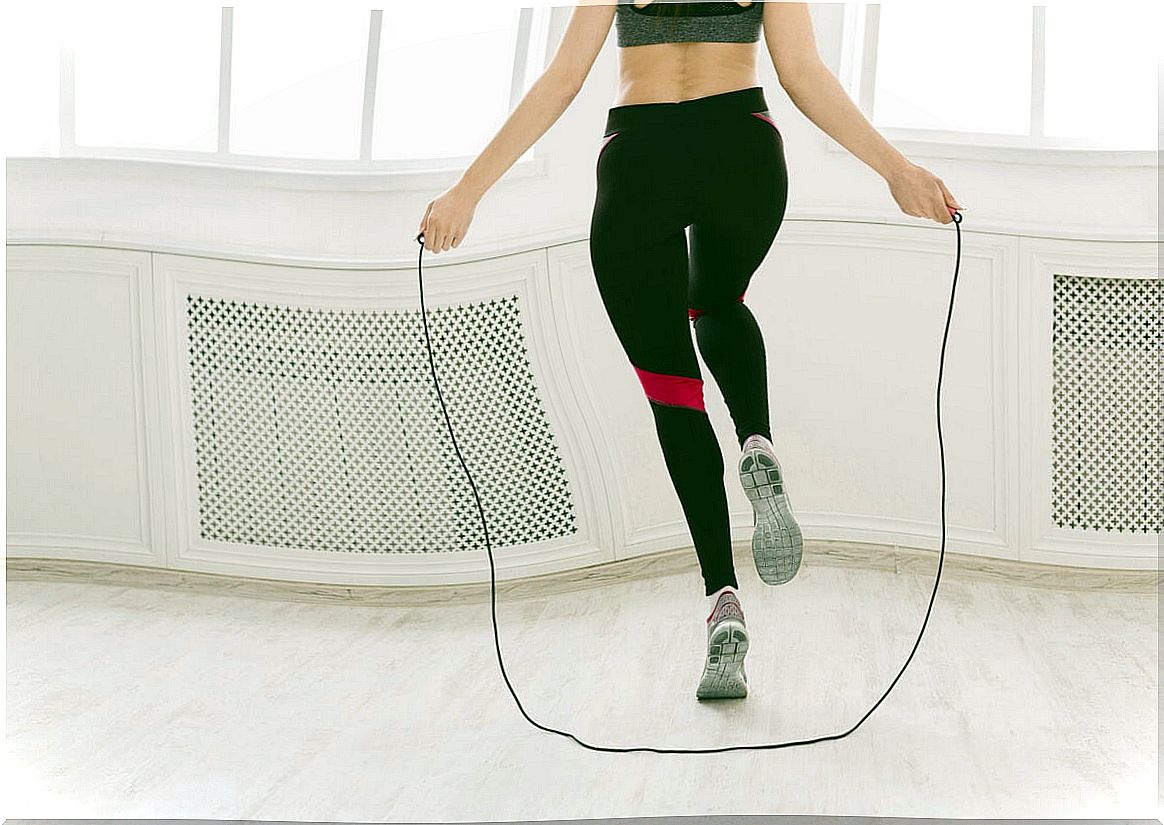
Sweating in the days following your tattoo can be a problem. Remember that the ink is still settling in the deeper layers of the skin, so if it seeps, it would cause inconvenience.
Besides, gyms are establishments in which there are a large number of germs in the environment. If you happen to rub the tattooed area on a very contaminated surface, it would be harmful.
Touching the tattoo with dirty hands
As we have already mentioned, the risk of infection with a fresh tattoo is great. If you want to take care of tattoos, it is advisable to avoid touching the areas until they fully recover. In this way, whenever you are going to handle the area, make sure your hands are clean and disinfected.
Taking care of tattoos is a serious thing
Caring for tattoos is a simple task, but it requires specific care that must be strictly adhered to. This will prevent infection and produce a longer permanence of the ink, with quality and clarity, over the years.
Consult your tattoo artist for the basic measures and check that there are no signs of infection, such as extreme redness or pus. Dermatologists can prescribe medications, if necessary.
